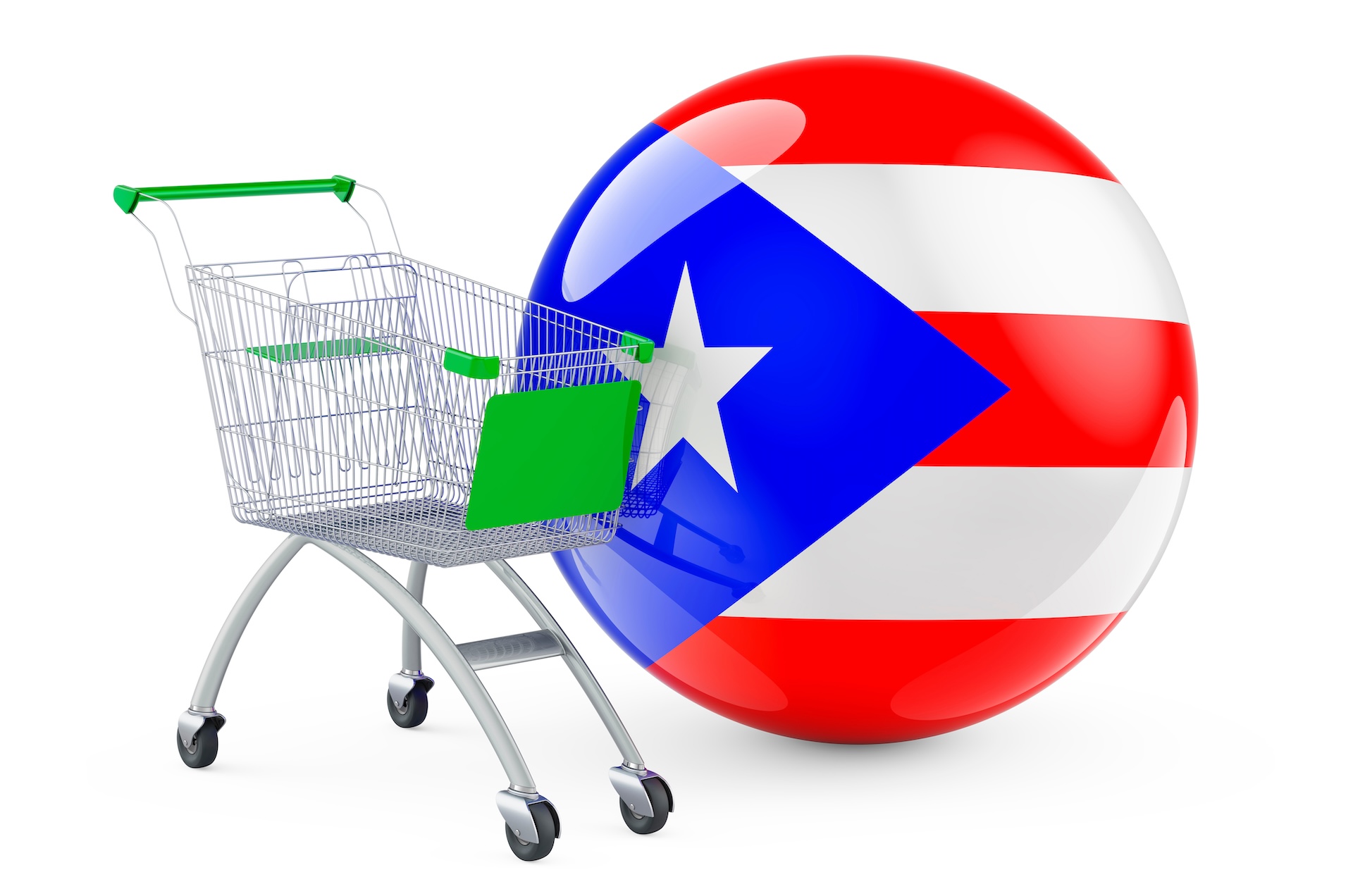Studying colonialism in the United States can be a challenge. In elementary schools, the focus often is on the colonial history of the 13 original states, followed by over a century of colonists who displaced the original inhabitants of those lands and established a new nation for themselves. Colleges place emphasis on the legacy of British imperialism and, increasingly, a search for possible parallels in the complex Middle East.
American classrooms often do not examine the more recent colonial history of our own nation and stop short of examining the present.
There is relatively little coverage of New Spain and New France. The rise and fall of United States imperialism in the 19th and 20th centuries can be part of curriculums, but often summer comes before classes examine the legacy of that imperialism, which now leaves the U.S. as current owners of some of the last colonies in the world.
Puerto Rico is a good lens for studying all these elements of U.S. and world history. We have created lessons bringing students to a definition of colonialism, an appreciation of the ongoing effects of colonialism, and the reality of colonialism in the United States today:
In this lesson, we will examine the prospects for the future: will the United States be the last remaining imperial power, or will Puerto Rico gain independence or statehood?
The last colony
The 2015 documentary below argues that Puerto Rico is the world’s last colony, and discusses the attempts through plebiscites to establish a permanent political status for Puerto Rico. This film is appropriate for secondary and college level students and it presents multiple points of view; consider watching it in your classroom.
Since this video was made, the notion that Puerto Rico became a “Commonwealth” in 1952 has been thoroughly discredited, and Puerto Rico is now more widely viewed as a colony.
There have been two more plebiscites added to Puerto Rico’s history of local votes to determine its future relationship with the U.S., a nation that prides itself on its system of democracy. In both recent votes, statehood was the victor. So far, Congress has not followed through on admitting Puerto Rico as a state. Neither has Congress offered independence to the U.S. territory.
In 2018, Puerto Rico officially requested statehood. There have also been several bills for statehood introduced by Puerto Rico’s congressional representative in Congress during the 21st century, as well as one for independence, introduced by a representative from Illinois.
In 2020, shortly before the most recent plebiscite on Puerto Rico status, with a bill for statehood already under consideration, the Puerto Rico Self-Determination Act was introduced by members of Congress from New York. The plebiscite held in November 2020 received 53% of votes in favor of statehood.
The Puerto Rico Status Act
With two competing Puerto Rico status bills under consideration in Congress, the status question seemed to have hit a logjam. The sponsors of the two bills worked together for months to develop a compromise bill, one that would present all the viable options for Puerto Rico’s status in a way that all the stakeholders could accept. This bill, the Puerto Rico Status Act, called for one more plebiscite with a choice among three options:
- independence
- statehood
- sovereign free association, a lesser-known relationship the U.S. currently has with three independent island nations in the Pacific
Divide the class into three groups, and have each read one of the articles explaining these options:
Ask each group to present to the class what they have learned about the option they chose.
Hold a classroom plebiscite on Puerto Rico’s status. In a real statehood vote, only residents of Puerto Rico would have a vote. Then Congress would vote to make the decision about whether to accept the will of the people of Puerto Rico. Your class could imagine themselves to be residents of Puerto Rico or members of Congress in conducting this vote.
Regardless of the results of the vote, the Puerto Rico Status Act is designed to be self-executing. That is, once the people of Puerto Rico have voted, Congress will take the action they have chosen.
This means that Congress must pass the bill only if they agree to the terms. If the people vote for independence, Congress must accept that vote. If they vote for statehood, Congress must admit Puerto Rico as a state.
It also means that, once the Puerto Rico Status Act passes, Puerto Rico will not continue as a territory. It will definitely be the end of the colonial relationship.
After the plebiscite
Challenge students, after your class plebiscite is complete, to write a prediction of what the future will be like under the status option that won. Some of the possible forms this writing could take:
- A U.S. newspaper article announcing the results
- A foreign newspaper (from the UK, for example), announcing the results
- A personal response to the end of the United States’s ownership of a colony
- A diary entry by a resident of Puerto Rico one year later
- A report for a company in a state or in Puerto Rico, planning responses to the upcoming changes
Download the Timeline Infographic as a PDF for printing. You have permission to use it in your classroom.
Updated February 4, 2024


